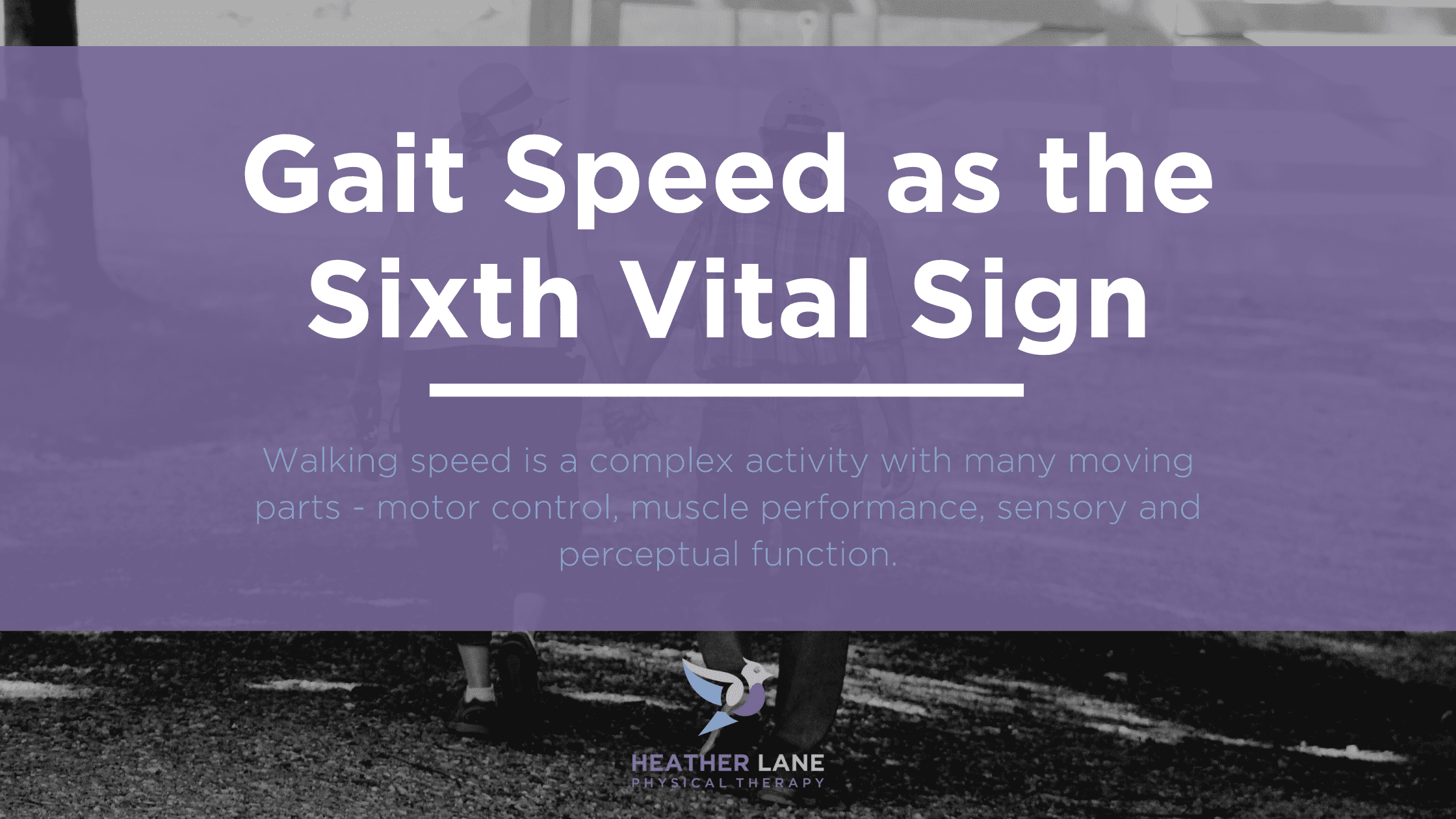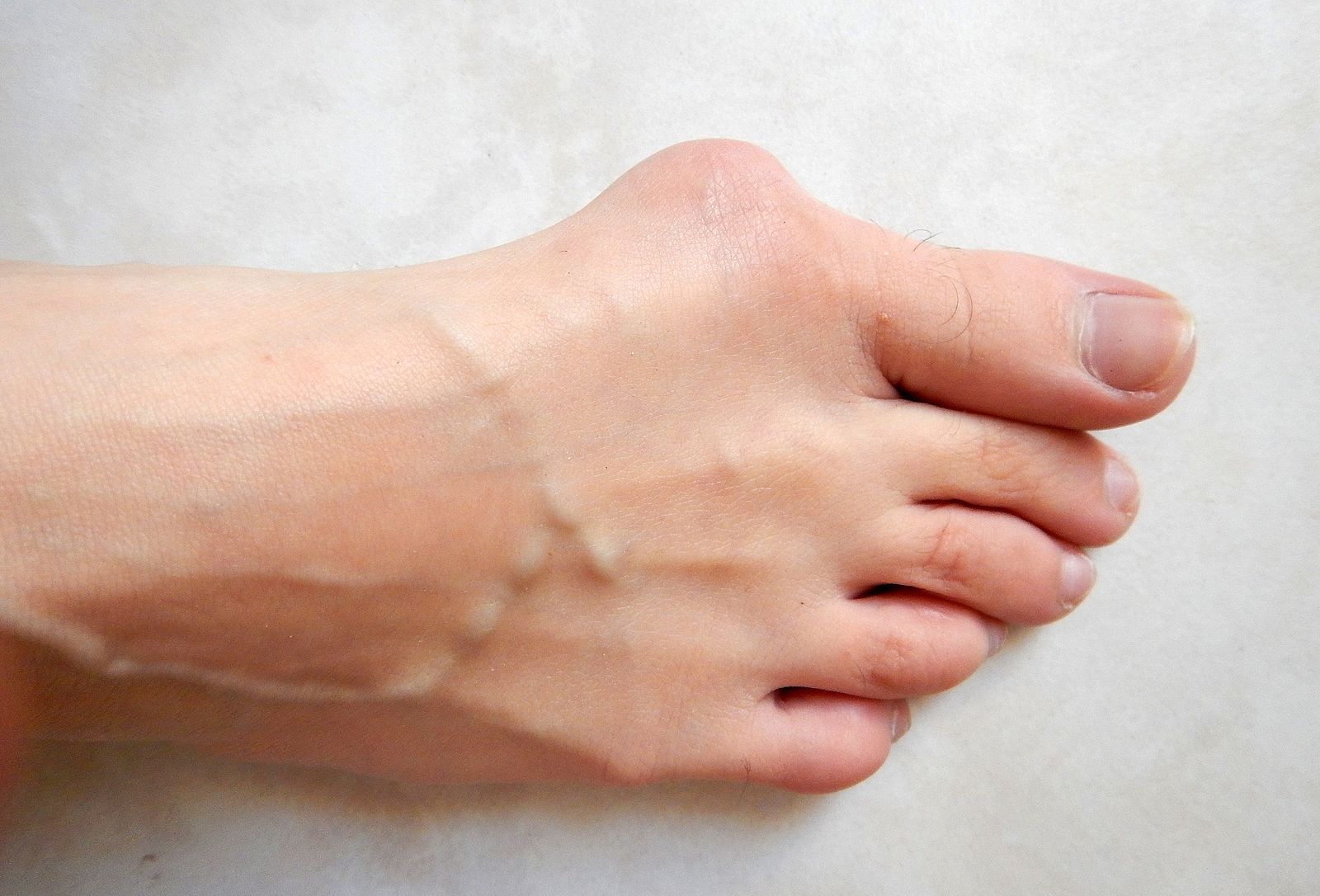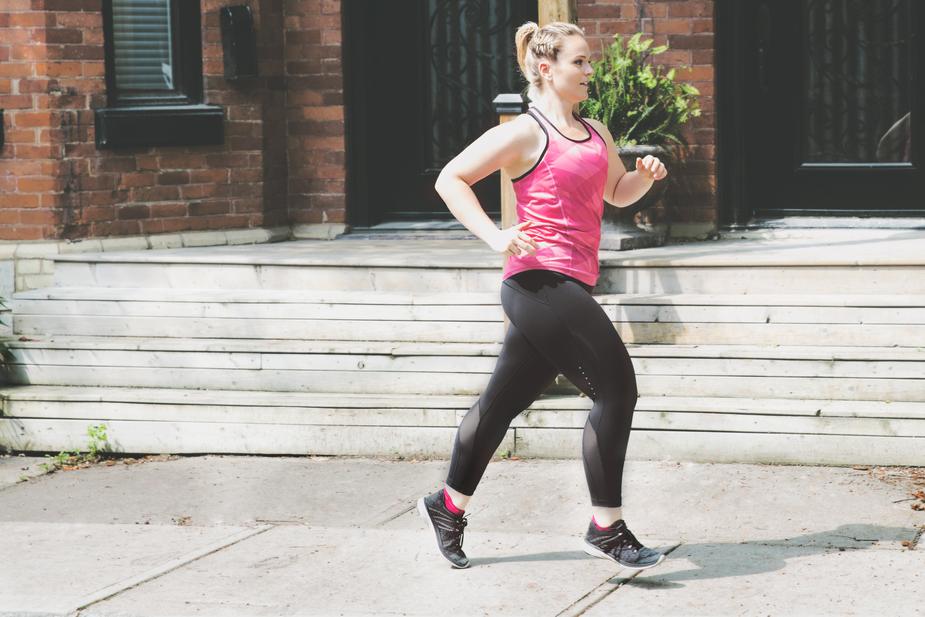Hello everyone Dr. Donovan here and today, we will be talking about travel speed as...
Read More..The Flexible, Stable Ankle and Fall Prevention
Having stable, flexible ankles can keep you upright now and for years to come. Find...
Read More..It’s Not Too Late to Fix Your Bunions
What is a Bunion? A frequent cause of disability from foot pain is the bunion....
Read More..How To Avoid Your Next Ankle Sprain
Ankle sprains, commonly called a “rolled” ankle, often occur while running, walking on uneven ground,...
Read More..




